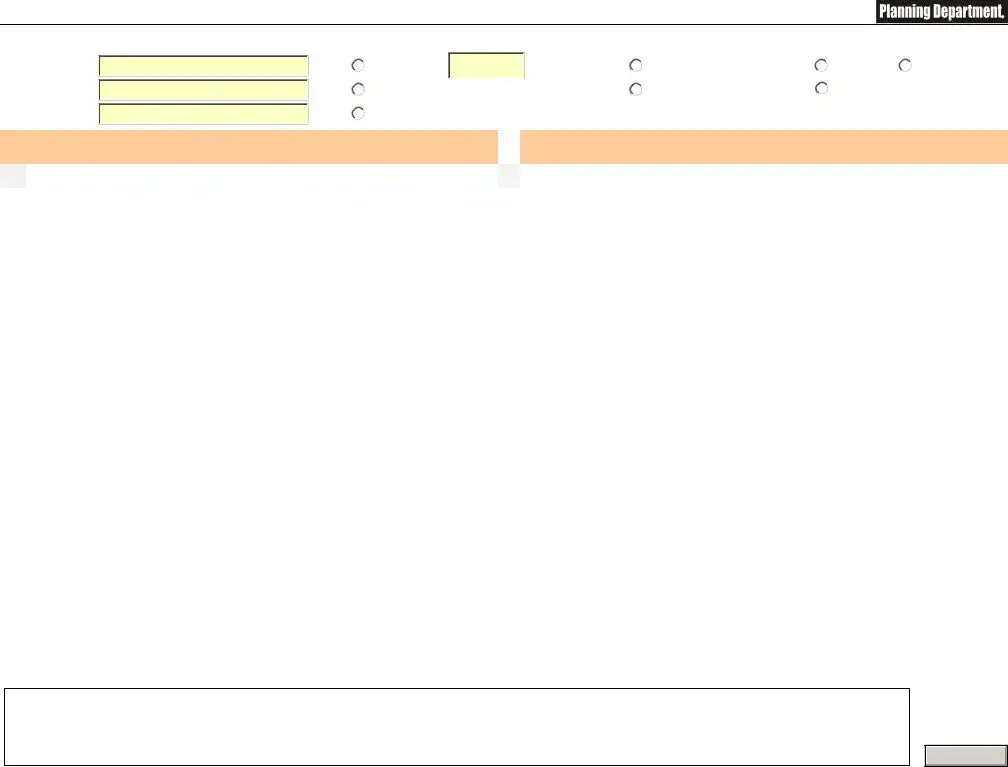Electrical Panel Schedule Form
The Electrical Panel Schedule form is a crucial document used in electrical installations to outline the distribution of electrical circuits within a building. This form provides essential information, including circuit numbers, loads, and breaker sizes, ensuring safe and efficient electrical system management. Understanding how to read and utilize this schedule is vital for electricians, engineers, and property owners alike.
Edit Electrical Panel Schedule Online

